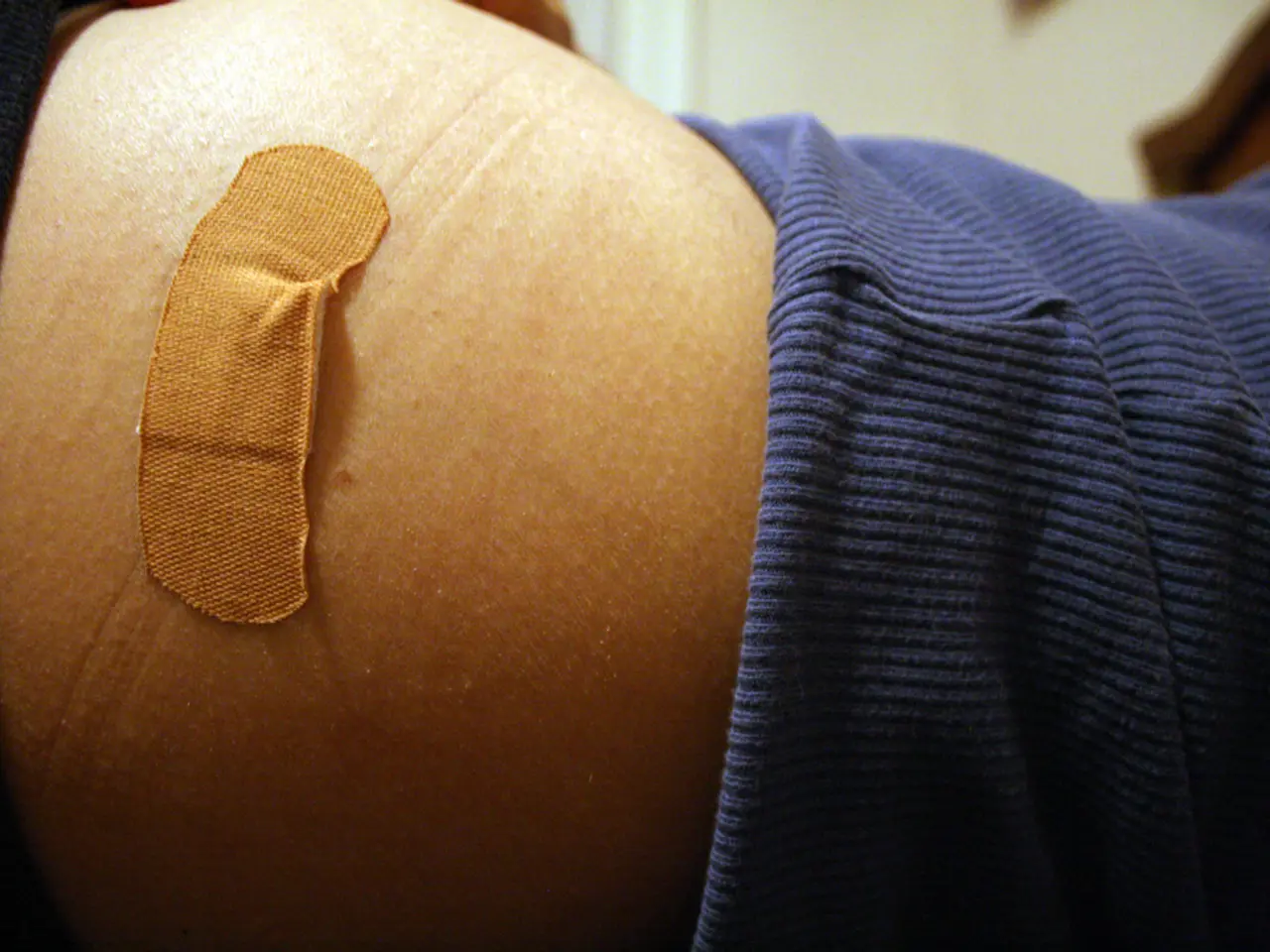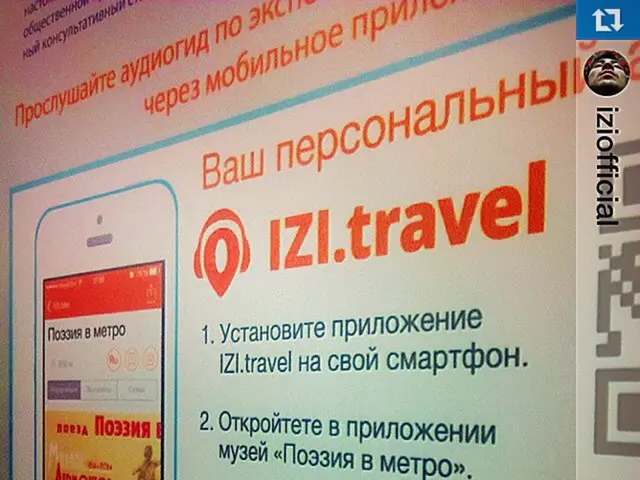Over 5 million individuals in the United States have had their private data compromised in the Yale New Haven Health data breach, sparking a wave of pending lawsuits
In the wake of a significant data breach at Yale New Haven Health (YNHHS) that affected 5,556,702 patients, experts are emphasizing the need for healthcare organizations to implement robust security measures and consider the use of AI and machine learning for threat detection and response.
The breach, discovered on March 8th, saw sensitive patient data compromised, including demographic information, Social Security numbers, patient type, and/or medical record numbers. YNHHS took immediate steps to contain the incident and began an investigation with the help of external cybersecurity experts from Mandiant.
According to Kory Daniels, CISO at Trustwave, the healthcare industry is navigating a spectrum of risks as it adopts artificial intelligence and technology. Recent research from Trustwave indicates that 21% of all ransomware attacks worldwide are targeted at public health and government healthcare organizations.
Experts recommend several common security measures to protect patient data from breaches. These include:
- Multi-Factor Authentication (MFA): Enforcing an extra verification step beyond passwords significantly reduces unauthorized access risks.
- Regular Software Updates and Patch Management: Keeping all systems, including Electronic Health Records (EHR) and medical devices, updated with the latest security patches is crucial to closing vulnerabilities.
- Staff Security Training and Vetting: Continuous cybersecurity awareness training and background checks before hiring help staff identify phishing and social engineering threats.
- Data Encryption: Encrypting sensitive patient data at rest and in transit protects confidentiality even if data is intercepted.
- Access Controls with Least Privilege: Restrict user access only to necessary information and regularly review permissions.
- Incident Response Plans: Developing and routinely testing detailed plans for detecting, responding to, and recovering from security incidents is essential.
- Network Monitoring and Segmentation: Advanced monitoring tools help detect unusual network activity in real time, while network segmentation limits an attacker’s lateral movement and protects critical systems.
- Regular Risk Assessments and Penetration Testing: Identifying and remedying vulnerabilities proactively via scheduled risk assessments and ethical hacking exercises is key.
- Data Backup and Recovery: Performing secure, frequent backups ensures data availability and enables rapid recovery in case of ransomware or data loss.
- Security of Medical Devices: Changing default credentials and keeping firmware updated protects networked medical equipment from exploitation.
- Adherence to Regulations: Compliance with standards such as HIPAA maintains legal and ethical obligations for data protection.
Emerging trends also emphasize the use of AI and machine learning for threat detection and response, enabling earlier identification of subtle threats. The Zero Trust architecture, which requires continuous verification of all users and devices regardless of network location, is increasingly recommended for healthcare settings due to the critical nature of patient data.
The breach at YNHHS underscores the importance of these measures as the healthcare industry faces a rising tide of cyber threats. The risks are not just sensitive data privacy, but human life and quality of patient care, according to Daniels. Legal action has already been launched against YNHHS (two identical lawsuits filed in the Connecticut District Court).
Third-party threats within supply chains continue to pose significant risks, according to the researchers. In the case of YNHHS, 56% of public-facing applications exploited were against Log4j, and 9% of all attacks came from the threat group RansomHub. Financial account or payment information was not involved in the incident.
YNHHS runs more than 360 locations across Connecticut, New York, and Rhode Island. Patients were not notified of the breach until late April. The breached data did not include financial account or payment information, but the delay in notification raises concerns about transparency and accountability in the industry.
Cybersecurity experts orchestrated rigorous discussions on the need for healthcare organizations to undertake robust security measures, including the application of AI and machine learning for detecting and addressing threats, following the significant data breach at Yale New Haven Health (YNHHS). The failure to implement such safeguards demonstrates the growing and dire importance of adopting these technologies in the face of soaring cyber threats, with the healthcare industry becoming a prime target for ransomware attacks.
Robust security protocols, such as multi-factor authentication, regular software updates, employee training, data encryption, access controls with least privilege, incident response plans, network monitoring, risk assessments, data backup, secure medical device usage, and adherence to regulations, should be implemented to protect patient data and minimize the risk of breaches. Employing AI and machine learning for threat detection can provide greater protection by enabling the early identification of subtle threats, while the Zero Trust architecture can help restrict access to sensitive data regardless of network location, ultimately safeguarding human life and ensuring the quality of patient care.




